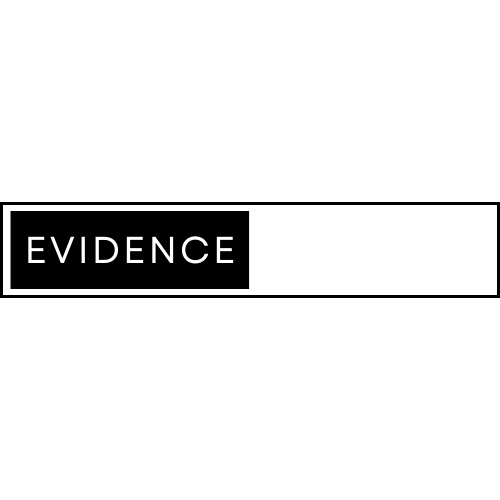Cognitive Behavioral Psychodrama Group Therapy
A vignette

Thomas Treadwell Ed. D. T.E.P. CGP
This brief analysis combines Action and Cognitive Behavioral Techniques (CBT) in applied group settings. The cognitive psychodrama group therapy (CPGT) model focuses on identifying disturbing situations, activating moods, negative thoughts, balanced thoughts, and recognizing distortions in thinking initiating a negative interpretation of an event. Thus, the blending of the two models yields a complementary eclectic approach to multiple problem-solving strategies. The CPGT environment provides a supportive and safe climate to practice new thinking and behaviors (Treadwell, Kumar, & Wright, 2004). The CPGT concept is difficult to show how it works in writing and this is an attempt to show readers how the model works via a vignette.
Kelcey, 51 years of age decided to make a profound lifestyle change. His therapist, for individual psychotherapy, encouraged him to join a therapy group of other professionals who may be experiencing similar emotional conflicts.
Warm-Up Procedure
In the group, he completed an automatic thought record on the whiteboard during the warmup phase of the group session. Thus, he disclosed his emotional situation and future life-style changes. After identifying his moods, the facilitator addressed his automatic thoughts. Using the downward arrow technique and Socratic questioning to evoke the automatic thoughts, the facilitator helped Kelcey identified thoughts evoking feelings of discomfort. Eventually, Kelcey identified his negative self-thought as ‘a lost person.’ His presenting situation: “I have to change my life”. His moods were: scared, afraid, and lonely. His immediate thoughts were: “people could not love me if they knew the real me.”
Action
The protagonist, Kelcey, was encouraged to select another group member, to be his double. He chose Josh. It was noted Kelcey experienced trouble expressing his defeatist attitude. The facilitator used the soliloquy technique to help him calm down and express his feelings of rejection. The facilitator instructed Kelcey to walk around the room, thinking/talking aloud, expressing his concerns, discomfort, and hopes. Kelcey’s double, Josh, walked with him, saying thoughts he felt he was thinking but not expressing. The client echoed the thoughts he agreed with and dismissed those not on target. The technique enabled him to relax, focus, and prepare for action, and allowed other group members to engage and focus on the upcoming action.
As Kelcey walked around the room with his double, he realized he needed to let his significant other, know that a lifestyle change was in his best interest. When the facilitator asked him what he needed to do to address the way he felt, kelcey was confused, but eventually recognized he did not have self-confidence and was desperate to make a life change. He mentioned he had a childhood friend he confided in but he has not been able to establish close relationships in adulthood.
The facilitator asked Kelcey to select a group member to play one of his childhood friends whom he trusted. He chose Nicole to play his friend Chelsea. The facilitator used the interview in role reversal to help Nicole understand Chelsea’s role. Kelcey told Chelsea he was sad because he felt he did not have anything to offer and would never make new friends. He and Chelsea reversed roles many times, attempting to get the client to recognize his strength and good qualities. However, even with the assistance of Josh, his double, he was not able to see himself as anything but a flawed person. The facilitator suggested Kelcey explore a role opposite to his perceived ‘flawed’ role. Kelcey agreed, and the facilitator asked him to identify the roles he currently plays. He quickly responded: unhappy professional, lost man, and a perfect Fortune 500 executive. Thinking about his current roles, he recognized that he needed to develop a confident role to see clearly what he can offer others.
To explore Kelcey’s roles, we placed chairs in the middle of the room and had him sit in each role expressing what he thinks and feels. His double, Josh, sat with him. Another member of the group, Brian, was chosen, as an auxiliary, to play the lost man role. As expected, Kelcey, in his confident role was unable to shut down these powerful roles. A group member, Tyler, was chosen to play the confident role. After seeing him model this role, the Kelcey was able to shut the negative roles down. The final step in the action phase was to have Kelcey, using the empty chair technique, address his feelings of a lost man to significant other. He was able to tell her that he had lived in fear of misrepresenting himself for many years. Letting her know he desired a lifestyle change was extremely hard and it was at this point the confident role emerged letting her know his real feelings.
Before the final stages, the double, all auxiliaries, and Kelcey were de-roled. This de-roleing technique is an important procedure which allows members of the action group to transition from the role they were assigned and return to their own identity. They share their sense of being in character and let go of any negative emotions that may have arisen from their participation.
Sharing
Following the action phase, group members share and discuss what occurred and how the situation affected them. No advice is to be offered by group members, only sharing from personal experiences. For Kelcey, sharing is critical for both the protagonist and group members as they reflect, share, and learn from each other.
REFERENCES
Treadwell, T., Kumar, V.K & Wright, J. (2004). Enriching Psychodrama via the Use of
Cognitive Behavioral Therapy Techniques. Journal of Group Psychotherapy,
Psychodrama, & Sociometry 55, 55-65.


